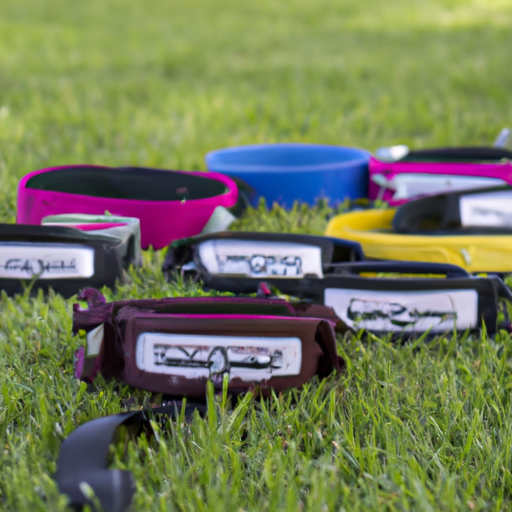As a caregiver, you understand the importance of proper training for your furry companion. You want the best for them, and that includes the right equipment. If you’re considering a training collar, read on for the breakdown of the best options available.
1. Understanding the Purpose of a Training Collar
Training collars, also known as e-collars or shock collars, might stir a bit of controversy, but when used correctly, they can be an effective training tool. They are not meant to punish your dog but to reinforce already learned commands, especially in situations where your dog might be too distracted.
2. Key Features to Consider
When choosing a training collar, consider the following:
-
Range: The distance from which you can control the collar. This is particularly important if you have a large yard or take your dog hiking.
-
Stimulation Levels: The number of different levels of stimulation the collar can provide, so you can adjust it to your dog’s sensitivity.
-
Type of Stimulation: Whether the collar provides a beep, vibration, or static stimulation.
Here is a comparison table of some popular options:
| Collar | Range | Stimulation Levels | Stimulation Type |
|---|---|---|---|
| Collar A | 500 yards | 7 | Beep, Vibration |
| Collar B | 1000 yards | 10 | Beep, Vibration, Static |
| Collar C | 1500 yards | 15 | Beep, Vibration, Static |
3. The Top Training Collar Picks
- Collar A: Ideal for small yards and sensitive dogs, with only beep and vibration options.
- Collar B: Offers more range and includes a static option, suitable for larger dogs or those with stubborn behavior.
- Collar C: Offers the longest range and a variety of stimulation levels, making it a versatile choice for any dog breed.
4. Using Training Collars Responsibly
Remember that training collars should never be used for punishment. They should be a tool to get your dog’s attention, not to cause pain or fear. Always start with the lowest stimulation level, and work your way up only if necessary. Your dog’s comfort and safety should always be your priority.
5. Frequently Asked Questions
Q: Are training collars safe?
A: Yes, when used responsibly.
Q: At what age can a dog start wearing a training collar?
A: It’s generally recommended for dogs six months and older.
Q: Can the collar be left on all the time?
A: No, it should only be worn during training sessions.
As a caregiver, you always want what’s best for your pet. Choosing the right training collar is a step towards better communication with your dog, leading to a happier and healthier relationship.



